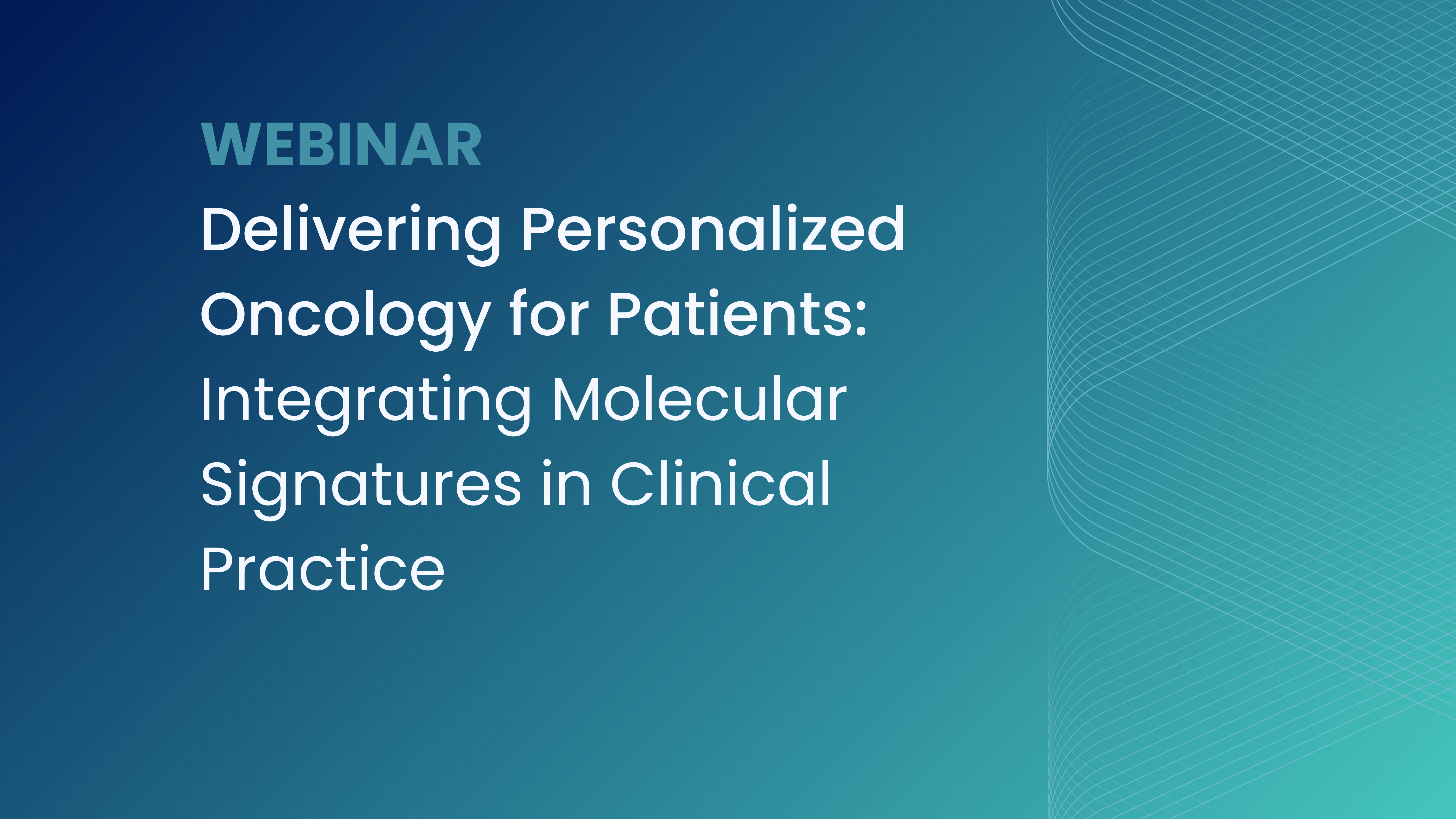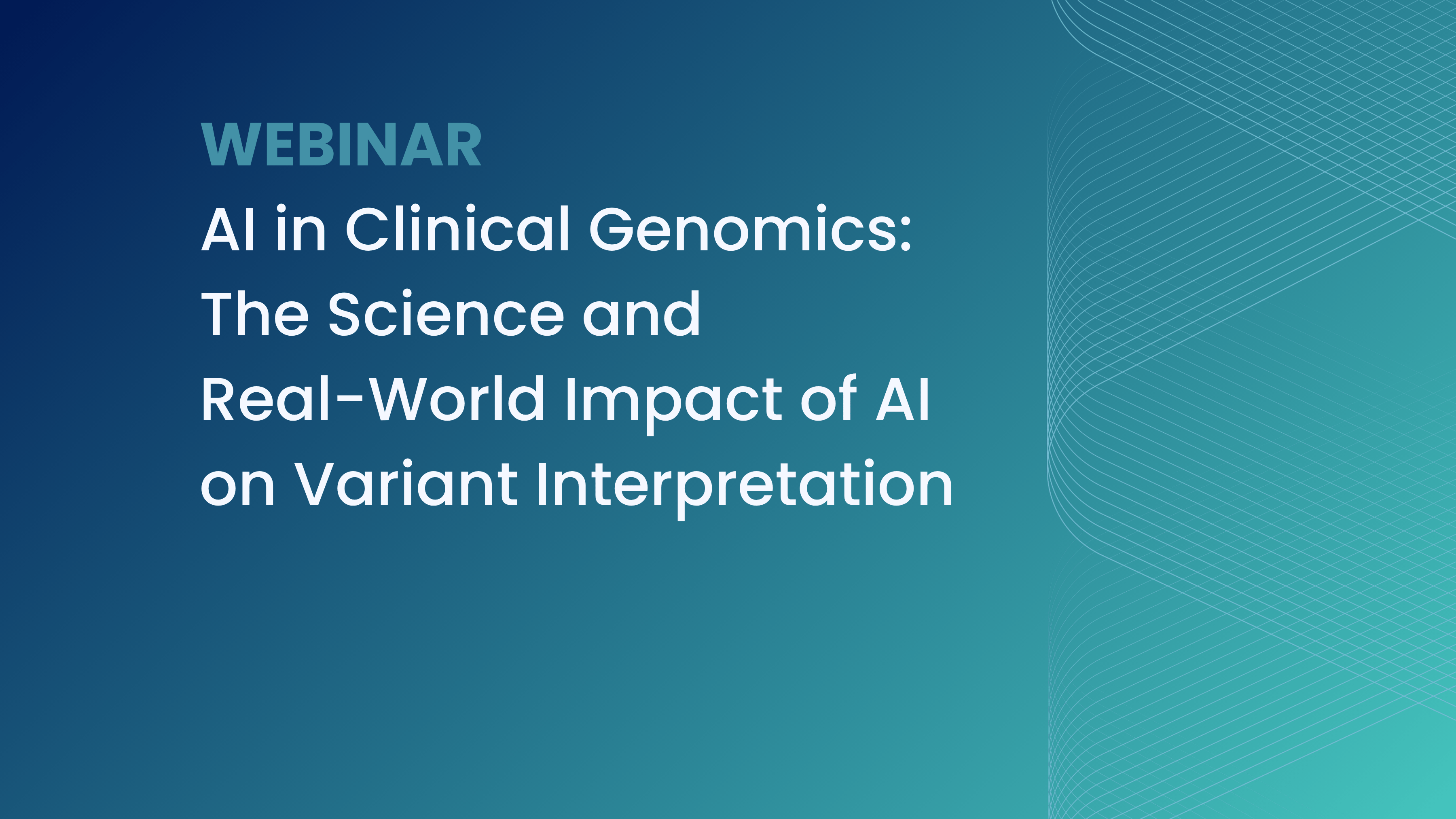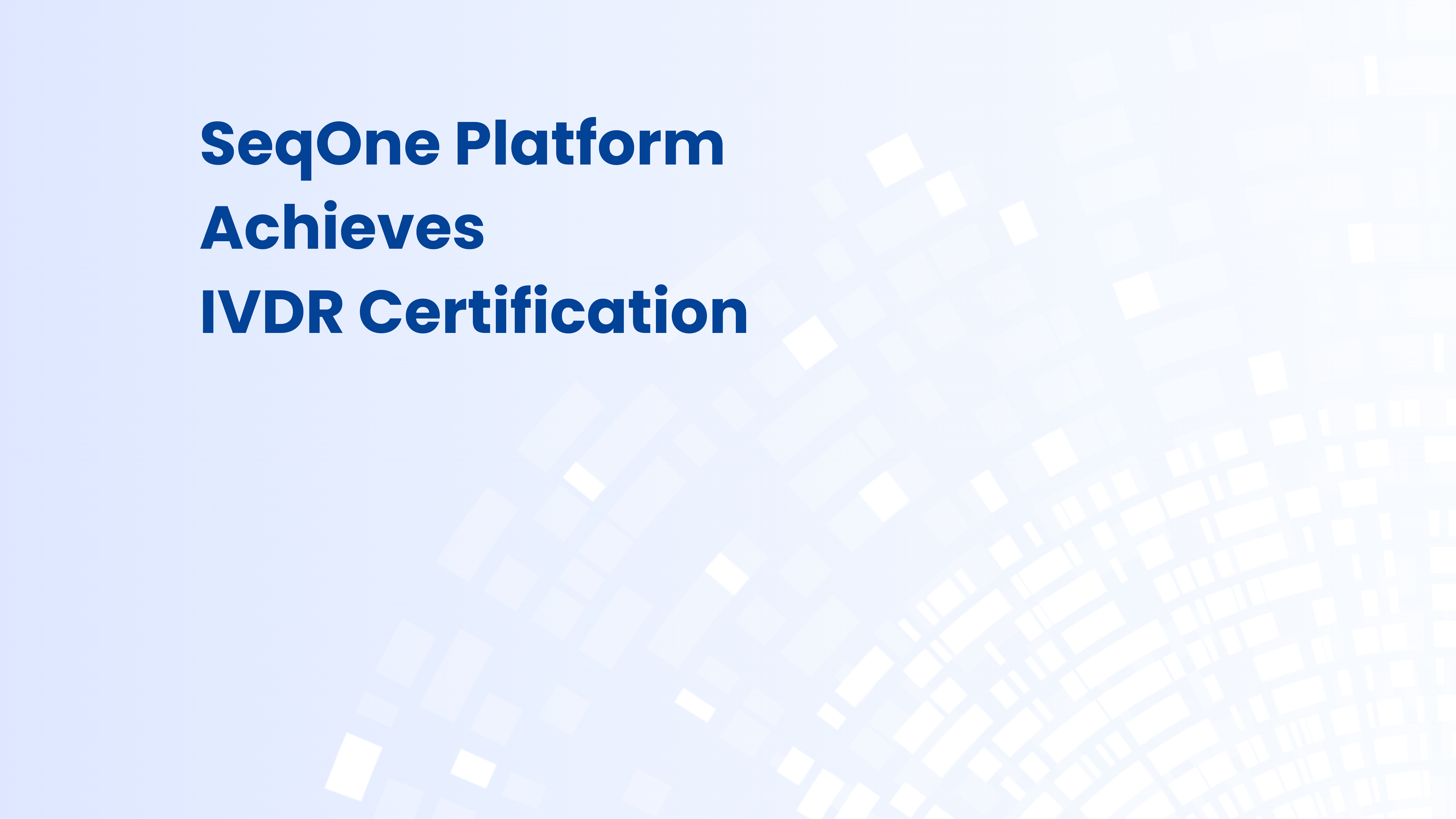Step into the future of genomic analysis with SeqOne’s DiagAI Score. Our pioneering AI-driven variant ranking system is advancing clinical genomics by offering unparalleled transparency in its decision-making process. Unlike traditional “black box” AI solutions, DiagAI Score provides a clear window into how it evaluates and ranks genetic variants, addressing a critical need in AI-assisted healthcare.
Discover how DiagAI Score rates variants on a scale of 0 to 100, based on their likelihood of being disease-causing. Our innovative explainability dashboard breaks down the score components, empowering clinicians to make informed, confident decisions.
Watch the video below for an exclusive look at the DiagAI Score dashboard and its explainable components.
In the following sections, we’ll explore the three pillars of our transparent approach: the Universal Pathogenicity Predictor (UP²), PhenoGenius, and our Inheritance & Quality Rules. Each component plays a crucial role in demystifying AI-assisted variant analysis, setting a new standard for explainable AI in genomics.

DiagAI Score Dashboard: A Three-Pronged Approach to Score Explainability
1. Universal Pathogenicity Predictor (UP²): Decoding Molecular Impact
At the heart of DiagAI is UP², our cutting-edge machine learning model for predicting variant pathogenicity. UP² predicts pathogenicity for variants of all effects missense, frameshifts, splice or else. It relies on a set of predictors directly inspired by the ACMG guidelines to interpret variant pathogenicity. Interpretable predictors combined with SHAP (SHapley Additive exPlanations) offers a detailed breakdown of how each molecular feature contributes to the final pathogenicity score.
Users can visualize how factors like population frequency, conservation scores, and predicted protein impact influence the UP² score. For example, the UP² waterfall below shows that a variant’s pathogenic submissions in ClinVar added to his HIGH impact for being a frameshift variant, boosts significantly its UP² score. Variant is also absent from gnomAD, further confirming the clinical significance prediction and the very likely loss-of-function of the gene. This granular insight enables geneticists to align AI predictions with their expert knowledge and current scientific understanding.

2. PhenoGenius: Illuminating Genotype-Phenotype Connections
Our PhenoGenius model enhances explainability in phenotype matching. Through an intuitive visual interface, users can see how reported symptoms correspond to symptom groups and how strongly these groups correlate with different genes.
For example, the engine shows that a patient’s reported clinical symptoms match very well the phenotypes linked to the gene by Phenogenius. Several symptoms, such as “Hydrocephalus” and “Aqueductal stenosis” strongly associate with the L1CAM gene, significantly contributing to its prioritization and making it the best ranked gene overall for given HPO terms. This transparency allows clinicians to understand why certain genes are prioritized over others based on the patient’s unique phenotypic profile.

3. Inheritance & Quality Rules: Expert Knowledge Made Explicit
DiagAI incorporates decision trees and rule-based systems that mirror expert interpretation logic. Our explainability interface clearly displays which inheritance and quality rules each variant meets.
We’ve also taken an innovative step: assigning weights to these rules based on training against real-world diagnostic cohorts. This approach allows the system to prioritize rules in alignment with actual clinical practice. Users can see precisely how each rule contributes to the final DiagAI score, providing a clear window into the decision-making process.
Here, the variant is significantly boosted as a second pathogenic variant was found in the same gene with autosomal recessive transmission mode, making them Heterozygous compounds variants. The variants are separately inherited from the mother and the father, as confirmed by the trio analysis Taking into account the reliable quality of the variant and the presence of the gene in PanelApp, the variant is a great candidate for a causative variant.

Empowering Clinicians with Actionable Insights and Collaborative Evolution
SeqOne’s DiagAI goes beyond variant ranking, its explainability features enable clinicians to critically evaluate AI recommendations, potentially leading to novel discoveries or knowledge re-evaluation.
At SeqOne, we view explainable AI as a catalyst for collaboration between AI developers and clinical experts. DiagAI acts as a bridge between bioinformaticians, data scientists, and biologists, encouraging user engagement and feedback. This collaborative approach ensures DiagAI’s continuous evolution, incorporating the latest clinical insights and adapting to the dynamic field of genomic medicine.
We welcome your input to shape DiagAI’s future and maintain its position at the forefront of clinical genomics. Whether you’ve identified novel patterns for variant classification or have suggestions for enhancing explainability features, please share your insights at science@seqone.com.
By championing explainable AI, SeqOne is fostering a new era of transparency and collaboration in genomic medicine. This approach aims to accelerate diagnostic accuracy and ultimately improve patient care in the age of precision medicine.
Ready to experience the power of DiagAI in your molecular lab?
Whether you’re starting from fastQ files or VCFs, we’re offering a unique opportunity to optimize your workflow:
- Free Testing: See DiagAI in action with your own data
- Complimentary Training: Expert-led sessions to maximize your DiagAI proficiency
Don’t miss this chance to transform your variant interpretation process. Contact us today to schedule your free DiagAI demonstration and take the first step towards faster, more accurate genomic analysis.
About SeqOne
SeqOne is a leading European provider of AI-powered software for next-generation sequencing (NGS) data analysis in oncology and rare diseases. Its cloud-based platform transforms complex genomic data into fast, precise, and actionable insights, supporting molecular labs in delivering life-saving diagnoses and treatments. The SeqOne Platform is a CE-IVD Class C certified under IVDR in vitro diagnostic medical device. Driven by the vision of personalized medicine for every patient, everywhere, SeqOne is scaling the future of genomic medicine—one lab at a time.
For more information, visit seqone.com.






















